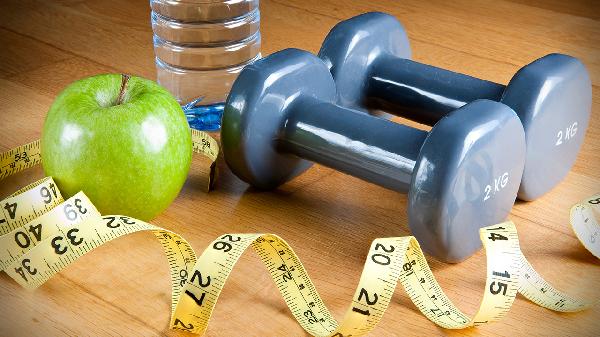If you're trying to dial in your nutrition for muscle gain, fat loss, or just overall better health, a macro calculator is your new best friend. These handy tools take the guesswork out of figuring out how much protein, carbs, and fats you should be eating based on your goals, activity level, and body type. But not all macro calculators are created equal—some are super basic, while others give you a deep dive into personalized nutrition. Let’s break down how to find the best one for your fitness journey.

What Even Are Macros?
Before we dive into calculators, let’s get clear on what macros actually are. "Macros" is short for macronutrients—protein, carbohydrates, and fats—the three main nutrients your body needs in large amounts to function (and crush those fitness goals).
Balancing these right is key, and that’s where a macro calculator comes in.
What Makes a Good Macro Calculator?
Not all calculators are built the same. The best ones consider:
1. Your Goals – Are you bulking, cutting, or maintaining? A solid calculator adjusts your macros accordingly.
2. Activity Level – A desk job vs. daily CrossFit sessions means very different calorie needs.
3. Body Composition – Some calculators factor in body fat percentage for more accuracy.
4. Flexibility – Can you adjust ratios if you prefer higher fat or lower carbs? The best ones let you tweak.
Top Macro Calculators to Try
Here are some of the most reliable options out there:
MyFitnessPal (Free & Premium) – A classic for tracking macros, but its calculator is pretty basic. Great if you just need a starting point.
MacroFactor (Paid) – Uses AI to adjust your macros based on progress, making it super personalized.
TDEE Calculator (Free Online) – Simple but effective for estimating your total daily energy expenditure before splitting it into macros.
Renaissance Periodization (Paid App) – Created by diet coaches, this one’s super detailed for serious athletes.
How to Use Your Macro Numbers
Once you’ve got your numbers, the real work begins—actually hitting them. Apps like Cronometer or MyFitnessPal can help track your food, but don’t obsess over perfection. Close enough is better than burning out trying to be exact.
Pro tip: If you’re new to tracking, give yourself a week or two to adjust. You’ll start noticing patterns (like maybe you’re always low on protein at lunch) and can tweak meals accordingly.
Final Thoughts
A macro calculator is a killer tool, but remember—it’s just a starting point. Listen to your body, adjust as needed, and don’t stress if you’re a few grams off. Consistency beats perfection every time.
Now go find that calculator, plug in your stats, and start fueling your gains (or shreds) like a pro!
























